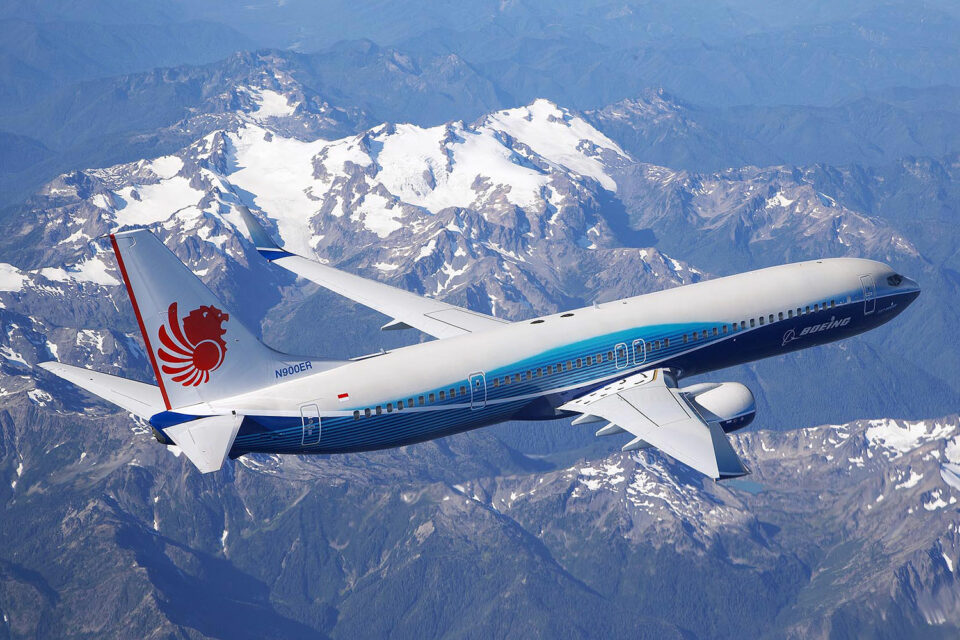The FAA (Federal Aviation Administration) has issued a recommendation to Boeing 737-900ER operators to check the condition of their aircraft’s door plug to see if there is anything potentially wrong.
The 737-900ER, like the 737 MAX 9, is a high-capacity single-aisle jet variant, but not all of its customers configure it with many seats.
It was precisely in this model that Boeing decided to offer an alternative to transport more passengers by providing a door plug to replace the emergency exit.
In service since 2007, the 737-900ER has had more than 500 aircraft delivered. Among the largest operators of the 737-900ER are Delta Air Lines, with 168 jets, and Alaska Airlines, with 79 aircraft.
Despite using the same mechanism, the FAA only recommended an inspection but without requiring operators to keep them on the ground, as is the case with approximately 170 737 MAX 9s after the incident with an Alaska Air aircraft on January 5.

“As an added layer of safety, the Federal Aviation Administration (FAA) is recommending that operators of Boeing 737-900ER aircraft visually inspect mid-exit door plugs to ensure the door is properly secured. The Boeing 737-900ER is not part of the newer MAX fleet but has the same door plug design,” the FAA wrote in a statement on January 21.
Follow Air Data News: WhatsApp | Google News | Instagram | LinkedIn | Twitter | Facebook
The recommendation comes after some 737-900ER operators inspected the mid-exit doors plugs and noted findings with bolts during the maintenance inspections.
According to Planespotters, there were 191 737 MAX 9s on the ground and only 24 active planes on January 22nd.

